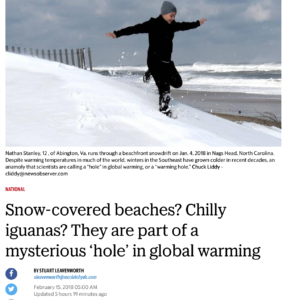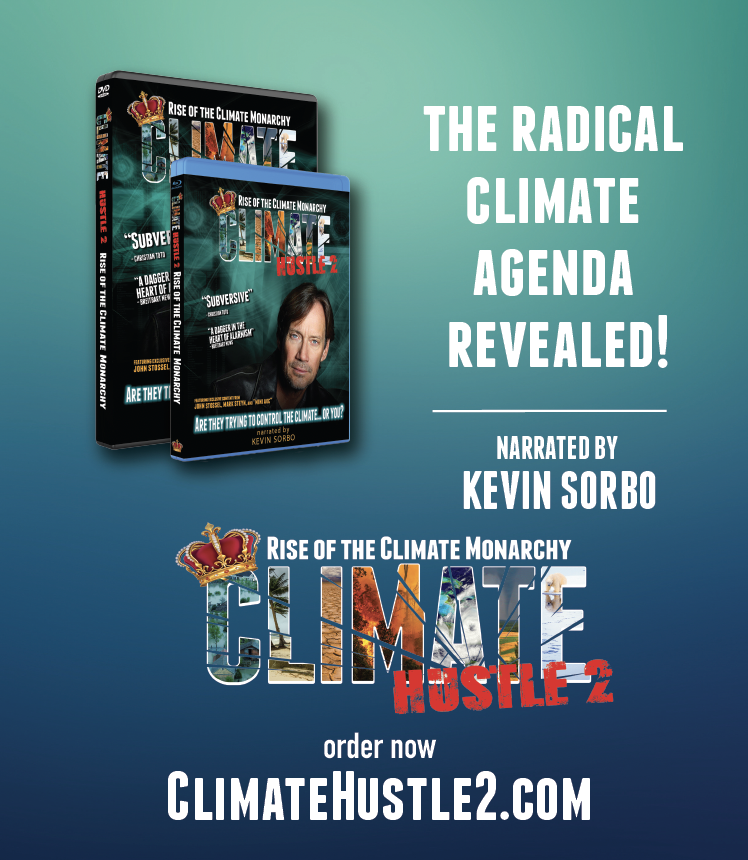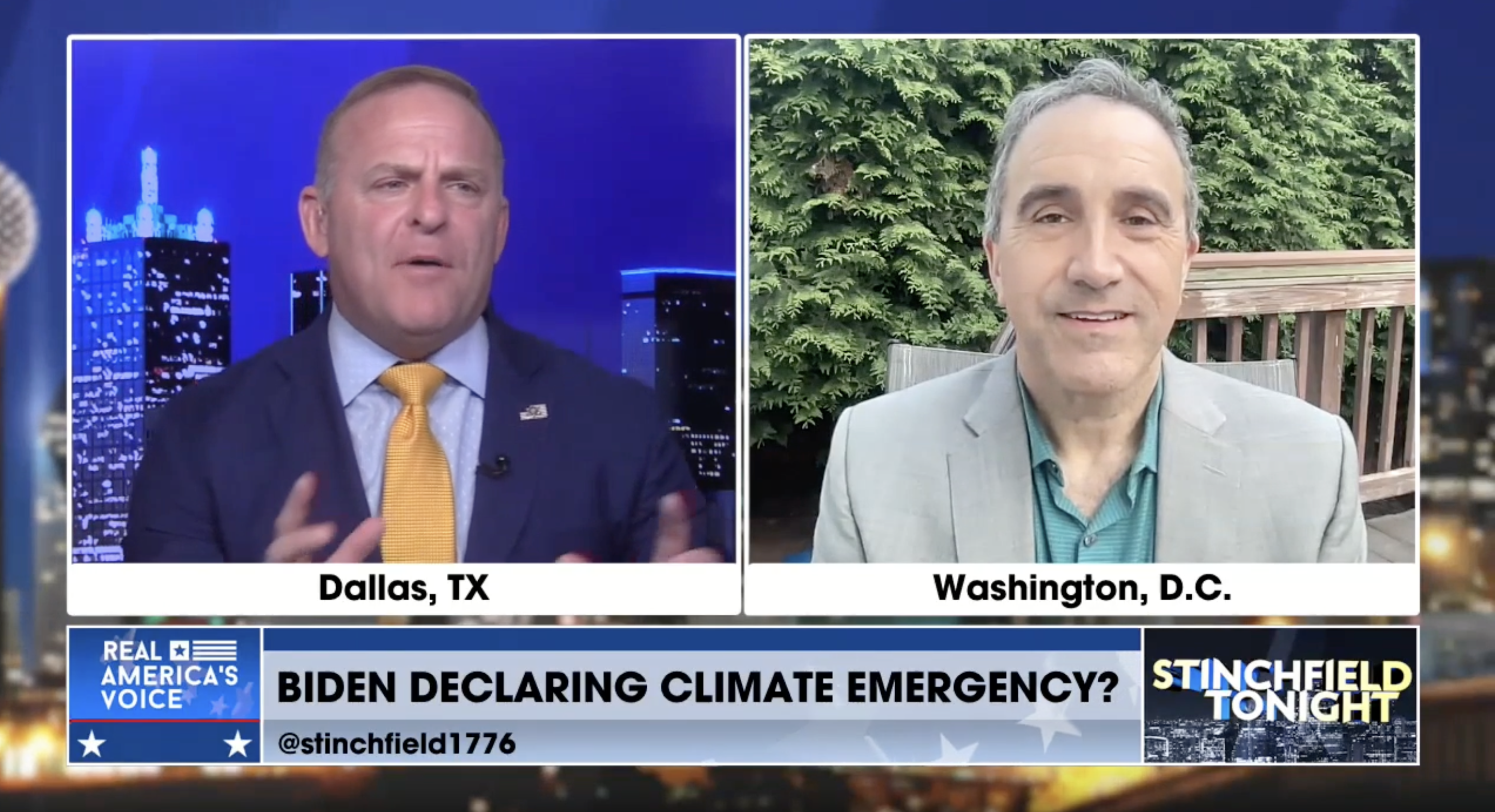Via: http://www.mcclatchydc.com/news/nation-world/national/article200169249.html
BY STUART LEAVENWORTH
February 15, 2018 05:00 AM – WASHINGTON
Frigid iguanas in Florida. Snowball fights on North Carolina’s beaches. Recent winters have delivered a bitter chill to the Southeast, reinforcing attitudes among some that global warming is a fraud.
But according to a scientific study published this month, the Southeast’s colder winter weather is part of an isolated trend, linked to a more wavy pattern in the jet stream that crosses North America. That dipping jet stream allows arctic air to plunge into the Southeast. Scientists call this colder weather a “hole” in overall global warming, or a “warming hole.”
“What we are looking at is an anomaly,” said Jonathan M. Winter, an assistant professor of geography at Dartmouth University and the principle investigator in the study. “The Southeast is the exception to the rule.”
Winter and lead author Trevor F. Partridge, a Dartmouth graduate student, say this year’s extreme cold in Southeast could be a product of the warming hole. “It is the same mechanism that causes this bitterly cold air to come down,” said Winter.
The Southeast’s warming hole has been studied many times before, but the Dartmouth study in Geophysical Research Letters nails down some of its key features. The study concludes the trend started in the late 1950s, and is concentrated in six states — Kentucky, Tennessee, Louisiana Mississippi, Alabama and Georgia. Nearby states are also affected, such as east Texas, Florida, South Carolina and North Carolina.
Either because of coincidence or cooler climes, residents of these states tend to be relatively doubtful that global warming is happening and is largely caused by human activities, according to surveys compiled by Yale and George Mason universities.
Yale researchers are now curious the “warming hole” has influenced opinions about climate change in the region. “That is something we are actively investigating,” said Anthony Leiserowitz, director of the Yale Project on Climate Change Communication.
In January, the National Oceanic and Atmospheric Administration reported that 2017 was one of the warmest years on record globally. But during snows and freezes of the last two months, some Americans scoffed at such claims. This included President Trump, who tweeted right before New Year’s Eve that “perhaps we could use a little bit of that good old global warming.”
The unusually cold weather has produced a mix of outcomes for farmers, wildlife and human residents. South Carolina peach farmers welcome a certain number of cold winter days for their trees to produce a full crop. But they’ve been walloped when a freeze arrives late, as have Florida’s citrus growers and Georgia’s Vidalia onion farmers.
Across the region, the cold helps knock pests, but it can stress native flora and fauna. Some 35 manatees died of cold stress syndrome in January, according to a preliminary report from the Florida Fish and Wildlife Conservation Commission. The cold also numbed the state’s invasive iguanas, some of which started falling out of trees in January, prompting Floridians to rush to their rescue.
In the East, it could be the COLDEST New Year’s Eve on record. Perhaps we could use a little bit of that good old Global Warming that our Country, but not other countries, was going to pay TRILLIONS OF DOLLARS to protect against. Bundle up!
Climate change scientists say the Southeast is an illustration of how global warming is not a globally uniform phenomena. Certain regions will see different effects than others, based on El Ninos and other natural weather patterns.
In the Arctic, a natural phenomenon known as the polar vortex is a huge driver of colder winters. When the polar vortex is stable, arctic cold air is contained by the jet stream flowing to the south.
But when the jet stream is wavy, it allows frigid winds to blow down into the Southeast, a pattern that has repeated itself in many, but not all, years since the 1960s.
…
The southeastern United States is one of two major warming holes globally. The other is in the North Atlantic Ocean, where a mysterious “blob” of cold water has concentrated near where Greenland’s ice sheets are melting. Is there a connection? Scientists are studying if influxes of fresh water from melting sea ice are disrupting currents, known as the Atlantic Meridional Overturning Circulation, which carries warm water north from the equator.
Stuart Leavenworth: 202-383-6070, @sleavenworth
Full article here: http://www.mcclatchydc.com/news/nation-world/national/article200169249.html



